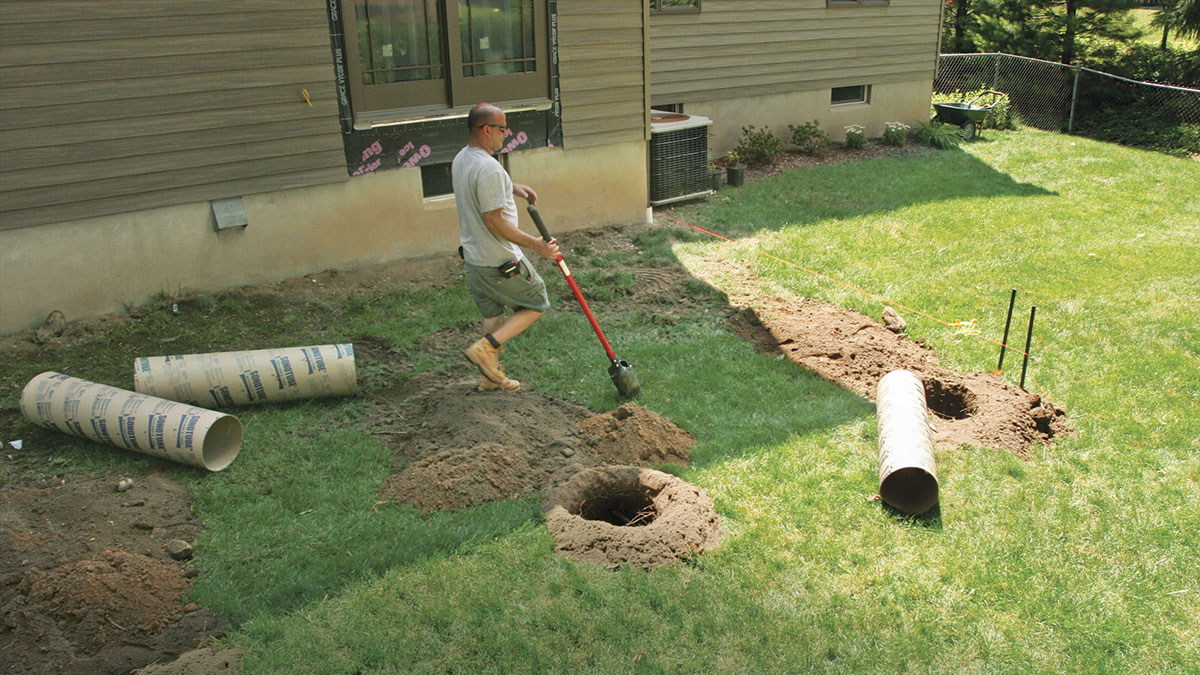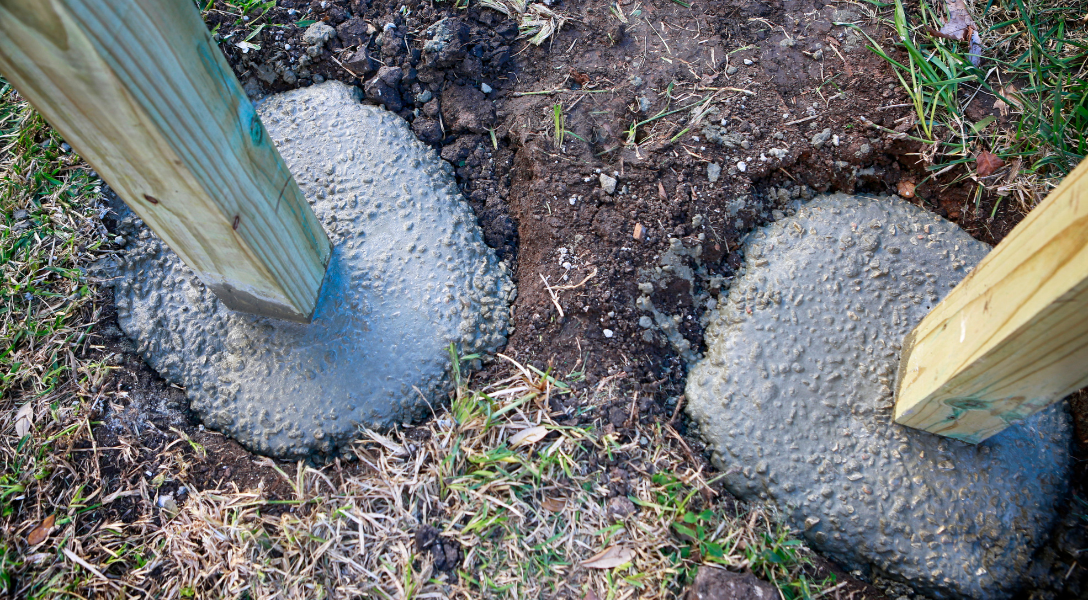Engineered for Success: The Science Behind Robust and Resilient Deck Footings
Wiki Article
Make Certain Security and Long Life With Correctly Mounted Deck Grounds
Deck grounds might not be the most extravagant element of deck building and construction, but they play a crucial duty in ensuring stability and longevity. In this conversation, we will certainly check out the significance of proper deck grounds, aspects to think about during installation, various types of footings readily available, step-by-step installation overview, and upkeep suggestions for ensuring durable footings.
Significance of Correct Deck Grounds
Why are correctly set up deck grounds crucial for the stability and durability of your deck? The solution exists in the fundamental role that deck footings play in supporting the weight of the entire framework. Deck grounds are the structure on which the deck relaxes, transferring the load from the deck to the ground. It can lead to a range of issues that jeopardize the security and longevity of the deck. when footings are not correctly set up.Firstly, appropriately mounted deck grounds disperse the weight of the deck equally, avoiding any type of unequal settling or sinking. This is specifically vital in locations with unpredictable dirt, as it assists to minimize the threat of the deck collapsing or shifting. In addition, well-installed grounds guarantee that the deck remains level, preventing any type of structural damage that can take place when a deck becomes uneven.
Secondly, appropriately mounted footings give a solid support for the deck, protecting against too much movement and sway. This helps to maintain the architectural integrity of the deck, decreasing the risk of mishaps or injuries. It additionally minimizes the wear and tear on the deck, allowing it to hold up against the aspects and regular usage for a longer period of time.
Elements to Consider for Deck Ground Installation
When installing deck footings, there are a number of vital elements to consider for appropriate setup. Various dirt types have different load-bearing capabilities, so it is critical to conduct a dirt test to make sure the footings can support the weight of the deck and its residents. By taking into account these elements, you can make sure the appropriate setup of deck grounds and appreciate a lasting and stable deck.Sorts Of Deck Grounds to Pick From
There are a number of various sorts of deck footings available for you to choose from. Each type has its own advantages and drawbacks, so it's vital to consider your details needs and the problems of your deck prior to making a decision.One typical sort of deck ground is the concrete footing. This includes excavating openings in the ground and putting concrete right into them to create a strong foundation. Concrete grounds are long lasting and give exceptional security, making them ideal for decks in locations with difficult soil problems or high wind tons.
Another alternative is the helical pier ground, which consists of a steel shaft with helical plates that are screwed into the ground. These grounds fast to install and can be made use of in different soil kinds, including sandy or clay dirts. They are additionally adjustable, permitting very easy leveling of the deck.
Sonotube footings are an additional prominent choice. These grounds are developed by putting a cardboard tube in a hole and loading it with concrete. Sonotube footings are reasonably very easy to set up and offer adequate security for smaller sized decks or in locations with less requiring soil conditions.

When choosing the type of deck footing, it's important to think about elements such as soil conditions, deck size and weight, local building regulations, and individual choices. By picking the ideal ground kind, you can make certain the security and long life of your deck.
Step-by-Step Overview for Putting Up Deck Footings

Figure out the area: Begin by noting the exact placement of each footing using stakes and string (Deck Footings). Take into consideration any type look at this website of local structure codes or policies relating to setback ranges
Dig the holes: Utilize a post opening digger or an auger to dig the openings for the grounds. The depth will certainly depend upon the frost line in your location and the kind of dirt. Generally, a depth of at the very least 36 inches is recommended for security.
Degree the openings: Ensure that all-time lows of the openings are level (Deck Footings). This can be accomplished by making use of a level or a straight board across the top of the openings
Include gravel: Location a layer of crushed rock at the end of each opening to enhance water drainage and prevent the footing from sinking right into the dirt over time.
Place the ground kinds: Put the footing develops into the openings, guaranteeing they are focused and degree. Usage risks to secure them in position.
Mix and pour concrete: Comply with the directions on the concrete mix bag to prepare the concrete. Put the concrete into the footing types, loading them totally.
Smooth the surface: Use a trowel to smooth the surface area of the concrete and eliminate any air pockets. Enable the concrete to cure according to the manufacturer's instructions.
Upkeep Tips for Resilient Deck Grounds
Appropriate maintenance is crucial for making sure the durability and security of deck footings. By consistently examining and preserving your deck grounds, you can prevent damages and possible safety risks. One vital facet of maintenance is to frequently look for any kind of indicators of degeneration, such as cracks or activity in the footings. It is vital to address them without delay to prevent further damages. if you notice any kind of problems.Normal cleaning is additionally necessary for maintaining deck grounds. Particles, dust, and greenery can accumulate around the grounds, which can cause moisture buildup and see here now degeneration. Cleaning up the grounds regularly, using a stress or a brush washing machine, can help avoid these concerns and expand the lifespan of your deck.
In addition to cleaning, it is essential to maintain the location around the grounds look at these guys free from any obstructions. Avoid stacking products versus the grounds or permitting plants to expand also close to them. These obstructions can trap moisture and cause the footings to weaken gradually.
Last but not least, normal resealing of the grounds is advised to protect them from moisture and various other ecological variables. Using a waterproof sealant can help avoid water damage and extend the lifespan of the footings.
Final Thought
Finally, correct installment of deck footings is important for making sure security and durability of your deck. Aspects such as dirt type, tons capability, and regional building ordinance need to be thought about when choosing the best type of deck footings. Following a detailed overview for installment and routine maintenance will help to guarantee the footings remain resilient and long lasting.In this discussion, we will discover the relevance of appropriate deck footings, variables to take into consideration throughout setup, different kinds of grounds offered, step-by-step installment overview, and upkeep tips for making certain durable grounds. Deck footings are the foundation on which the deck relaxes, transferring the lots from the deck to the ground.One typical type of deck ground is the concrete footing. Insert the ground types: Insert the ground develops right into the holes, ensuring they are focused and level.In verdict, appropriate installation of deck grounds is important for ensuring security and durability of your deck.
Report this wiki page